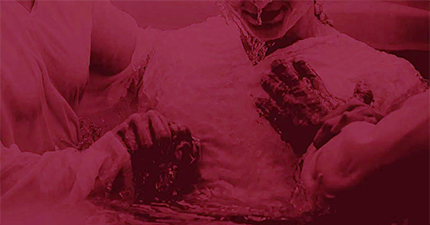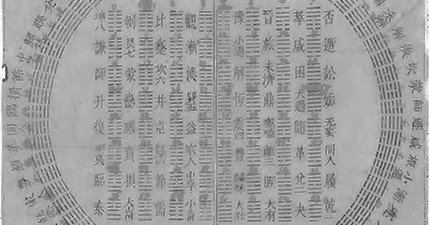Change and the horoscopes
There are two ways of measuring change in astrology: transits and progressions.
Different planets have different rhythms.
Here are the different speeds of the seven visible planets again.
| The Moon waxes and wanes approximately every 29 days |
| The Sun rises once a day, gets smaller and in sky shorter during the winter, and bigger and in sky longer during the summer |
| Mercury follows the Sun and never more than one sign away. It also retrogrades frequently |
| Venus also follows the Sun and never more than two signs away. It disappears behind the Sun for 9 days before energy as morning star for 9 months, then disappears again for 50 days and emerges as evening star for 9 months |
| Mars is a wildcard and, depending on retrogrades, moves irregularity but takes approximately 2 years to go around the entire zodiac |
| Jupiter changes sign approximately every year and spends about 12 years going around the entire zodiac |
| Saturn changes sign about 2-3 years and spends approximately 29 years going around the zodiac |
The trans-saturnian move much slower:
| Uranus changes sign every 7 years and takes 84 years to go around the zodiac wheel |
| Neptune changes sign every 14 years and takes 165 years to go around the zodiac wheel |
| Pluto has an elliptical orbit and takes more time in some signs than others. It spends 30 years in Cancer, the wider part of the orbit, and 14 years in Scorpio, the pointy part of the orbit. Pluto takes 248 years to go around the zodiac wheel. |
Transits
There are three ways of looking at transits. We can either look at where that planet is in relation to itself, at what aspects a transiting planet makes to other planets that are not itself in the natal chart, or we can look at how transiting planets are aspecting other transiting planets.
Planetary Cycles
We can understand Jupiter’s and Saturn’s longer cycles through the lunation cycle. Instead of each cycle taking 29 days to complete, Jupiter’s entire cycle takes 12 years and Saturn’s takes 29 years.
When Jupiter or Saturn returns, the parts of its cycle it is on is similar to the New Moon lunar phase. There is a cosmic reset of your beliefs (Jupiter) or structures (Saturn). When Jupiter squares itself, you might feel stimulated intellectually or academically. When Saturn squares itself, you might get a reality check in one form or another. When either planets opposes its natal position, its time to examine your biases or prejudices (Jupiter) or ways that you've set your life up (Saturn).
These longer planetary cycles also form rights of passage. You might have heard of your Saturn return, which happens as you leave your youth to become an adult. There are similar rites of passage that characterize your entire life.
| Birth: natal chart |
| 1 year old: first solar return |
| 2 years old: first Mars return |
| 6-7 years old: first Jupiter opposition, first Saturn square |
| 12 years old: Jupiter return |
| 14-15 years old: Saturn opposition |
| 21 years old: last Jupiter and Saturn square, first Uranus square Uranus |
| 27 years old: progressed Moon returns |
| 29 years old: Saturn return |
| 36 years old: Jupiter return |
| 42 years old: Uranus opposition, first Neptune square Neptune |
| 48 years old: Jupiter return |
| 54 years old: progressed Moon returns |
| 58 years old: second Saturn return |
| 82-83 years old: Neptune opposition |


